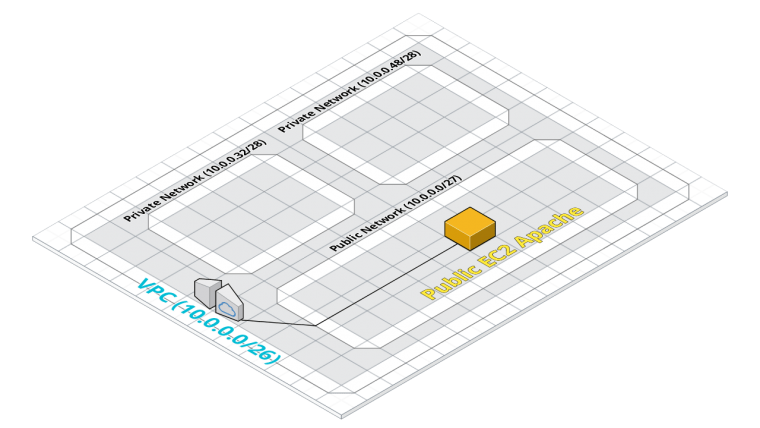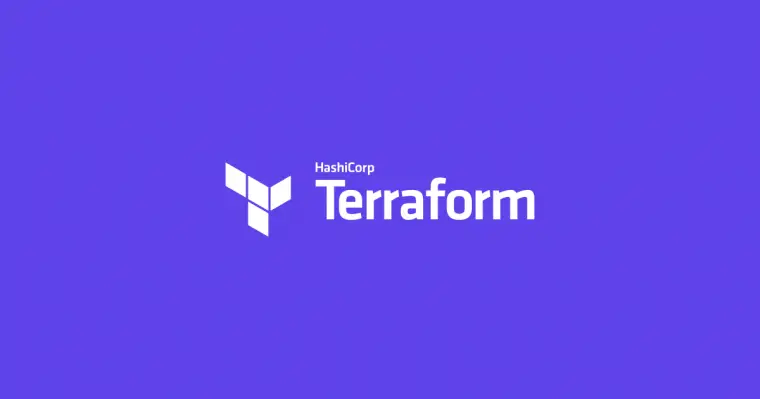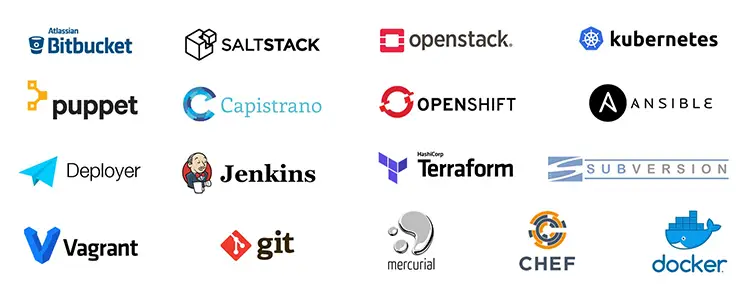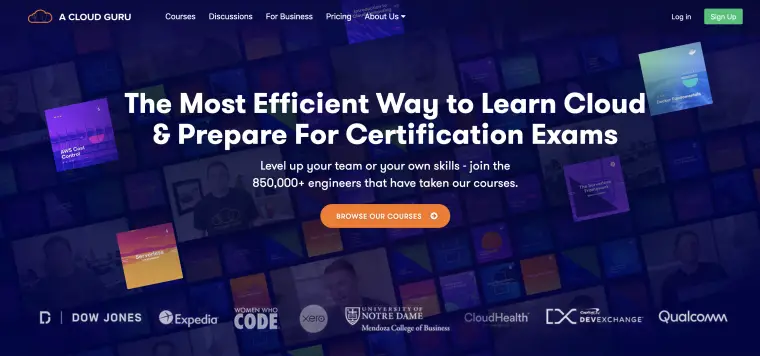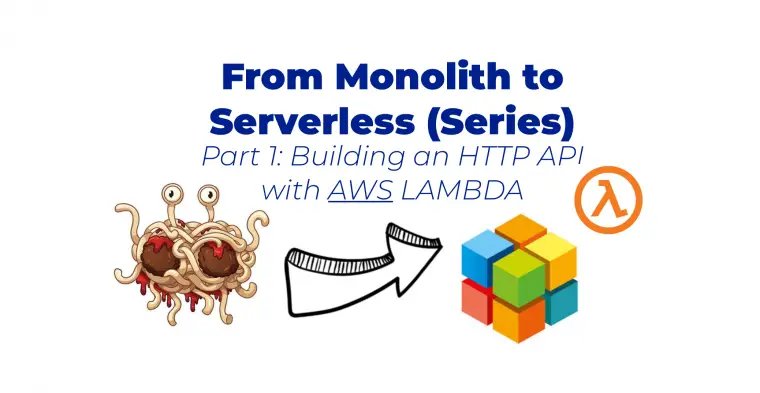I spend a lot of time researching Cloud Native technologies. Also whilst editing the Cloud Native Software Engineering Newsletter I’m always looking for the best sources of knowledege and high quality content. Everything on the list is things I read, people I follow or books I’ve read. I’m not recommending anything I haven’t used.

By the end of this article you’ll know about the best Cloud Native resources that I’ve found to-date. Make sure to come back as I’ll be constantly updating this page!
